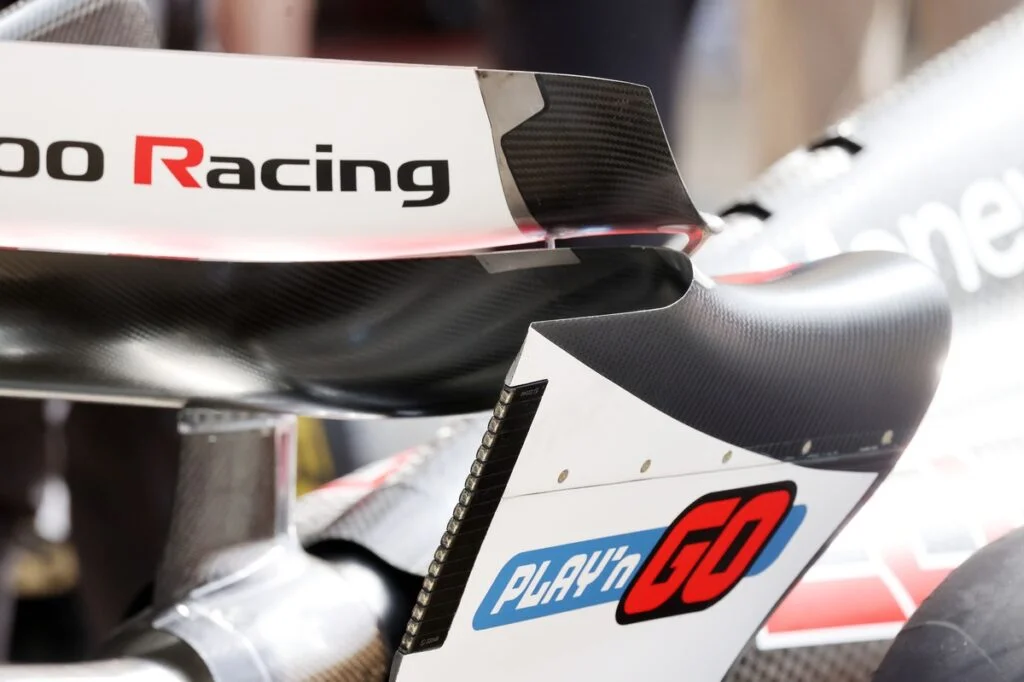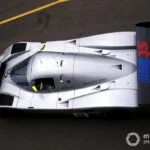Aeroelasticity Tests and Their Impact on Formula 1 Teams
In the aftermath of the FIA’s announcement of stricter aeroelasticity tests for rear wings, there has been a wave of speculation surrounding the performance of various teams. The recent scrutiny fell upon Williams when technical delegate Jo Bauer reportedly recommended them to the stewards for failing to supply camera footage of their wings within an hour of practice ending in China.
The Alleged Breach and Its Implications
While it’s tempting to assume guilt, a definitive proof is elusive. The team has yet to provide an explanation for the delay in supplying the footage. It’s essential to remember that a wing’s flexibility under load is not necessarily indicative of rule-breaking.
Social media is abuzz with speculation, with many pointing to in-car footage showing wings appearing to flex as evidence of wrongdoing. However, it’s crucial to understand that wing deflection under load is a natural occurrence and cannot be entirely prevented. The concern lies in the extent to which such deflection has been deliberately engineered.
The only reliable method to measure a wing’s flexibility under load is by applying weights while the wing is at rest. Even this method isn’t perfect, leading to recent changes in the permitted tolerance for rear-wing tests.
Historical Exploitation of Static Measurements
F1 teams have been exploiting static measurements for decades, with the FIA attempting to curb this practice by imposing minimum ride height during the ground-effect era. However, ingenious engineers like Gordon Murray of Brabham found ways around these restrictions.
The Role of Video Checks in Aeroelasticity Testing
The FIA introduced high-definition cameras at the Belgian Grand Prix last year to monitor wings under real aerodynamic loads. These cameras, positioned at the front and rear wings, capture footage that can help determine the degree of wing flexing.
Currently, these cameras are only used during free practice sessions, leaving room for teams to use components on the edge of legality during qualifying and races. The examination of various cars’ onboard footage during FP1 in Australia reportedly prompted the latest change in the testing regime.
The Williams Case: A Matter of Procedure
It’s important to clarify that Williams has not been found guilty of breaking any technical regulations. This is a procedural breach of a Technical Directive, and there was no expectation to provide footage from sprint qualifying in China.
The technical delegate’s report did not state that Williams failed to provide the footage entirely; it merely highlighted a delay in supplying it within the given deadline of one hour after practice ends.
Implications for Formula 1 Compliance
The stewards have delayed the hearing until Saturday morning in Shanghai, acknowledging that this is not an urgent matter. However, if Williams goes unpunished for this breach, other teams might feel emboldened to disregard similar requirements, potentially undermining the integrity of the sport.
The severity of the punishment, given the unprecedented nature of this affair, remains to be seen. Regardless, some form of sanction is inevitable to uphold the principles of transparency and accountability in Formula 1.







